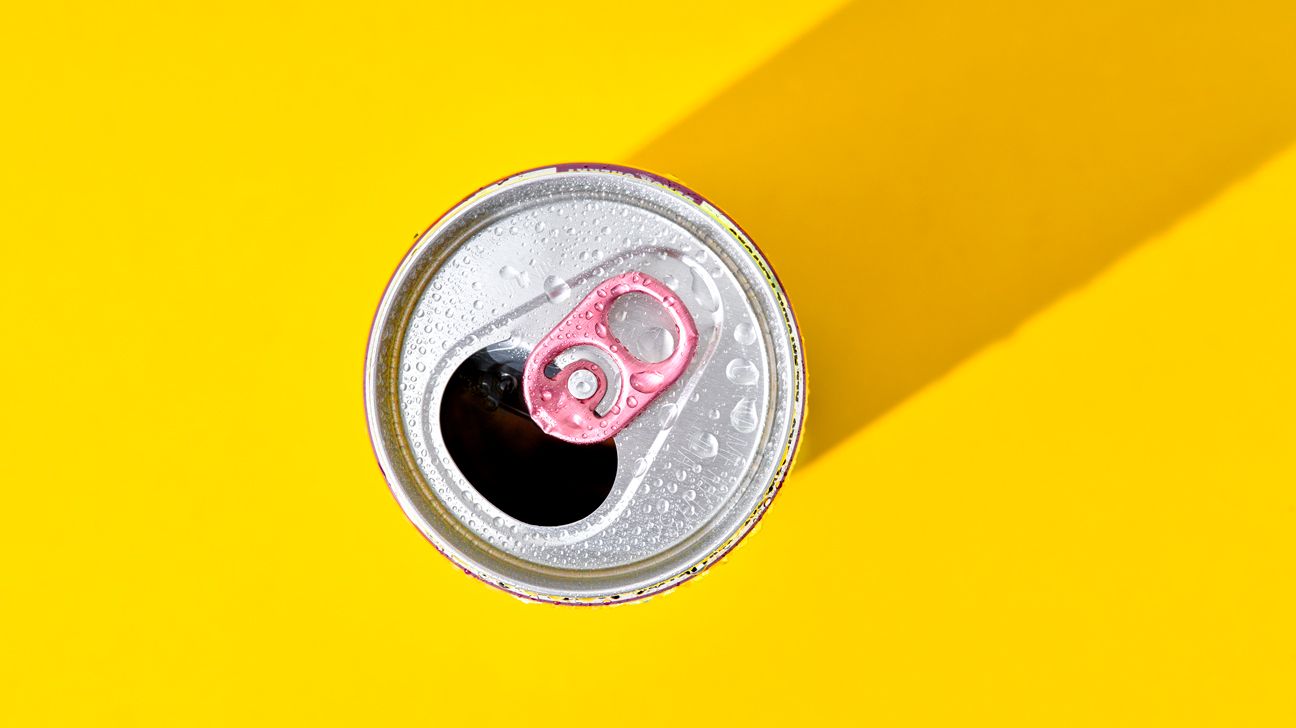Bud Light to the rescue!
If you’re sitting around at a BBQ with people you love this summer, you may feel the urge to crack open a bottle and sip the sunshine away. And if you’re watching your calorie intake, you may gravitate toward light beer.
One Dr. Joseph L. Owades may have invented low calorie beer in 1967, selling the idea to the company Miller after his marketing flopped. (The history of light beer is muddy, with Miller claiming to have invented the first low calorie beer. Next, they’ll claim to have been the first people to put spin on a bottle.)
However, drinking the same amount of light beer as you would regular beer may not reduce weight gain as much as you’d think. We headed toward the light beer at the end of the tunnel.
Before you opt for a light draft instead of a regular beer, it’s important to note the differences between light beer, low carb beer, and low alcohol or nonalcoholic beers.
- Light beer: The definition varies among brands. Sometimes it means the beer contains less alcohol. Other times, it means the beer has fewer calories. It can also mean both. See how this can get confusing?
- Low carb beer: This could have the same alcohol content as your regular brew but fewer carbs. It’s a lot easier to know what you’re getting with a bottle of low carb beer, but it might not be what you’re after.
- Non-alcoholic/low-alcohol beers: These simply reduce the concentration of alcohol in the beer. This may well have health benefits of its own, but there’s no guarantee of a low-carb fizzfest.
Using data from an earlier study, a Canadian research team found that alcohol consumption is an often overlooked cause of obesity in young people, as it adds unaccounted-for calories to their diets.
People might also knock back more light beer than they would regular beer, since they may assume it’ll make them feel less buzzed. This means they end up consuming more calories than they would from a standard brew.
In addition, a light beer is lower in calories only when compared to the same brewery’s leading variety of regular beer.
Let’s compare Bud Light and Coors Light, for example – clash of the titans, amiright?
- Bud Light has 103 calories and 4.6 grams of carbohydrates per 12-ounce serving.
- Coors Light has 102 calories and 5 grams of carbs per 12-ounce serving.
- Miller Lite has 96 calories and 3.2 grams of carbs per 12-ounce serving.
The meaning of “light” (or “lite” — thanks, Miller) varies among brands. There’s a meaningful metaphor I could put here about people interpreting light in different ways, but that would make it even more confusing.
As with wine, drinking moderate amounts of beer may have some health benefits. But these benefits don’t always apply to light beers.
Studies have suggested that lagers and dark ales provide more antioxidants than their light or nonalcoholic peers.
Heck, in Prague, Czech Republic, some places even offer baths and massages with hops and barley, citing similar health benefits. Would the “diet” equivalent of a beer bath be a light shower?
So, while research has yet to show specific health benefits in choosing a low carb beer, the jury is also out on light beer. Moderate consumption of regular beer is still a safer bet than a 12-pack of the “light” stuff.
We also compared beer and cider to see which was best for you. How do you like them apples?
2012 was an eventful year that saw the apocalypse completely not happen and the Beijing Olympics. A profound change also took place on another podium on U.S. soil: Coors Light overtook Budweiser as the second most popular beer in America.
For the first time, light beer held the top two spots in the Olympic Fizz and Refreshment relay. Attaboy, light beer. Now, light beer makes up 43.7% of the total market share.
However, your doctor won’t be raising a toast to light beer any time soon. People may confuse low carb beers with low alcohol beers, or they may drink more light and low carb beers, believing those products come with fewer health risks.
Others may even drink light and low carb beers at times when any alcohol could be dangerous.
But when people don’t know the difference, light beer might actually help reduce alcohol consumption. In a 2009 study, people didn’t report feeling any difference in enjoyment or intoxication after drinking beer that had a lower alcohol content.
If you’ll get the same buzz either way, it’s easy to go for the light option. But not everyone experiences alcohol the same way, so your mileage may vary.
It’s best not to think about light beer in terms of it being healthier than regular beer. Instead, think about whether the product you choose actually meets your needs.
If you feel that drinking less alcohol would benefit your health, or if a doctor has recommended you reduce your alcohol intake to help reduce your risk of certain conditions, go with low alcohol or nonalcoholic beer.
Maybe you’re following a keto diet or looking to consume fewer calories. In that case, read the label and make sure it’s a low calorie or low carb beer.
Whichever beer you choose, drink responsibly. Light or otherwise, the least healthy beer is TooMuchweiser.

